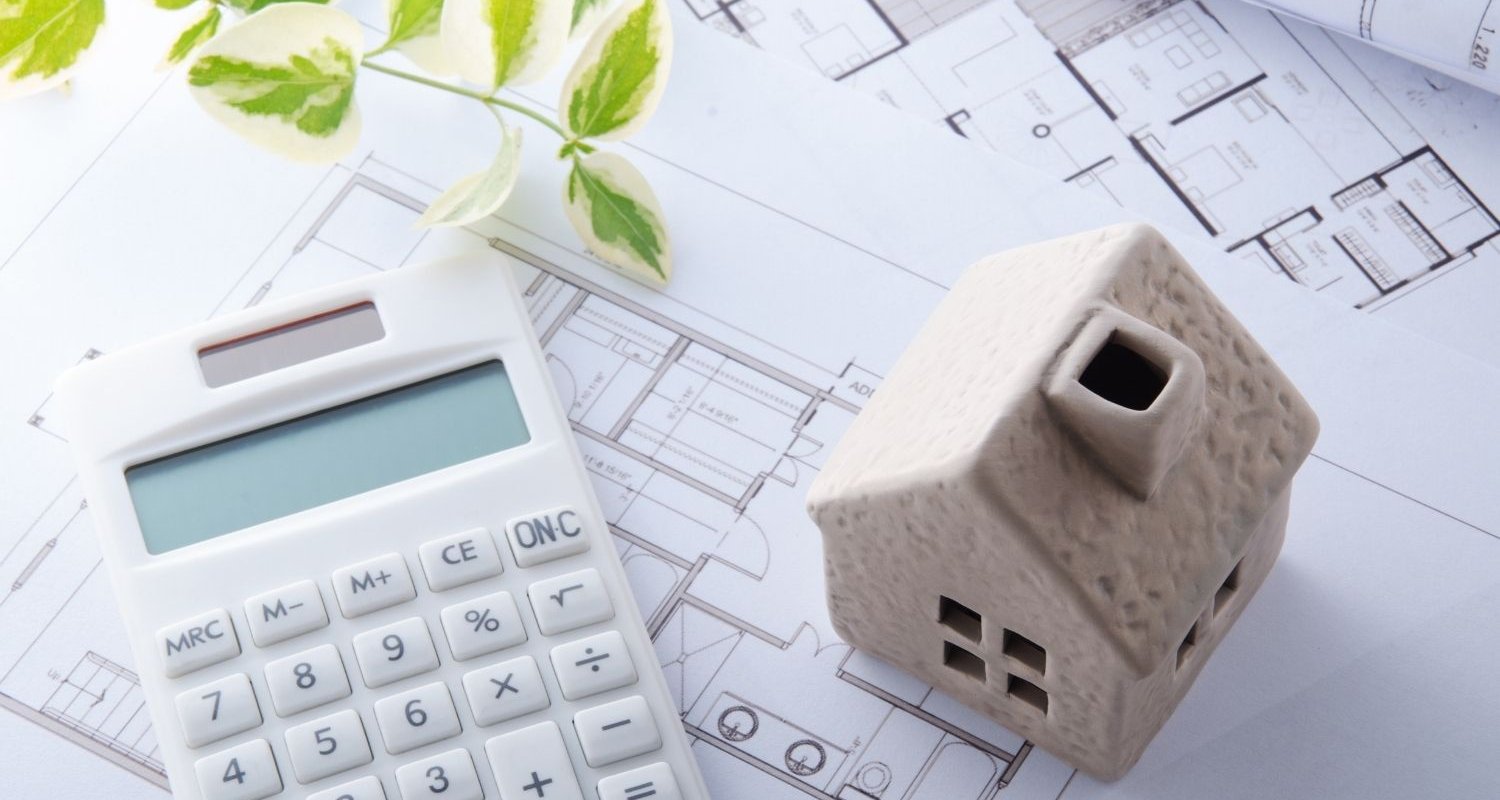
In 2022, the Australian Taxation Office (ATO) found that nine out of ten landlords make mistakes when completing their tax returns.
It’s important that investors be aware of the rental property tax deductions they’re eligible to claim, not only for the purpose of compliance but also to boost cash flow.
In this article, we will explore the biggest rental property tax deductions available to investors.
Interest on your investment loan
Owners of income-producing properties can claim the interest on their investment loan as a tax deduction. This was the largest tax deduction investors claimed in FY2019/20 according to the most recent statistics released by the ATO.
Other borrowing expenses that fall under allowable investment property tax deductions include loan establishment fees, mortgage broker fees, ongoing loan fees, lenders mortgage insurance (LMI) and the cost of preparing mortgage documents.
It’s important to note that you can’t claim payments made on the loan’s principal amount. The same applies if you have used part of the loan for private purposes. In this instance, any interest repayment deductions must be apportioned.
Property depreciation
After interest, property depreciation is the biggest tax deduction available to investors. The ATO allows owners of income-producing properties to claim the natural wear and tear that occurs to a property and its assets over time. This is called depreciation.
Capital works deductions (Division 43) are claimable on the building’s structure and assets permanently fixed to the property. Plant and equipment depreciation (Division 40) is claimable on assets that are easily removable from the property or mechanical in nature.
Depreciation is a non-cash deduction, which means you don’t have to spend money to claim it. Depreciation is also available even if the property is vacant; depreciation deductions can be claimed as long as the property is genuinely available for rent.
Claiming depreciation can result in thousands of dollars back in your pocket. During FY2021/22, BMT found residential property investors an average first-year deduction of almost $10,000.
Land tax and council rates
You’re entitled to claim deductions for costs like land tax, body corporate fees and council rates relating to your investment property.
Property management and real estate advertising costs
Property management fees and costs associated with advertising a rental property are also tax deductible.
Insurance
Insurances on income-producing properties are also tax deductible. Insurances that may be tax deductible include building, contents, landlord, or public liability.
Repairs and maintenance
The repairs and maintenance you complete on your rental property can result in significant deductions.
It’s important to be aware of the difference between repairs, maintenance and capital improvements.
Repairs are work completed to fix damage or deterioration of a property, such as replacing part of a rusted gutter or broken fence. Meanwhile, maintenance is the work completed to prevent damage to the property such as varnishing a deck. A capital improvement is when the condition or character of an item is improved beyond its original state.
Our KMT accountant can help you claim these deductions accurately. Contact us today!
To make the most of an investment property landlords should contact a specialist quantity surveyor and organise a tax depreciation schedule.
The article is provided by BMT Tax Depreciation. BMT Tax Depreciation is Australia’s leading supplier of residential and commercial tax depreciation schedules. To learn more about how depreciation can boost your cash flow, contact the expert team at BMT.


